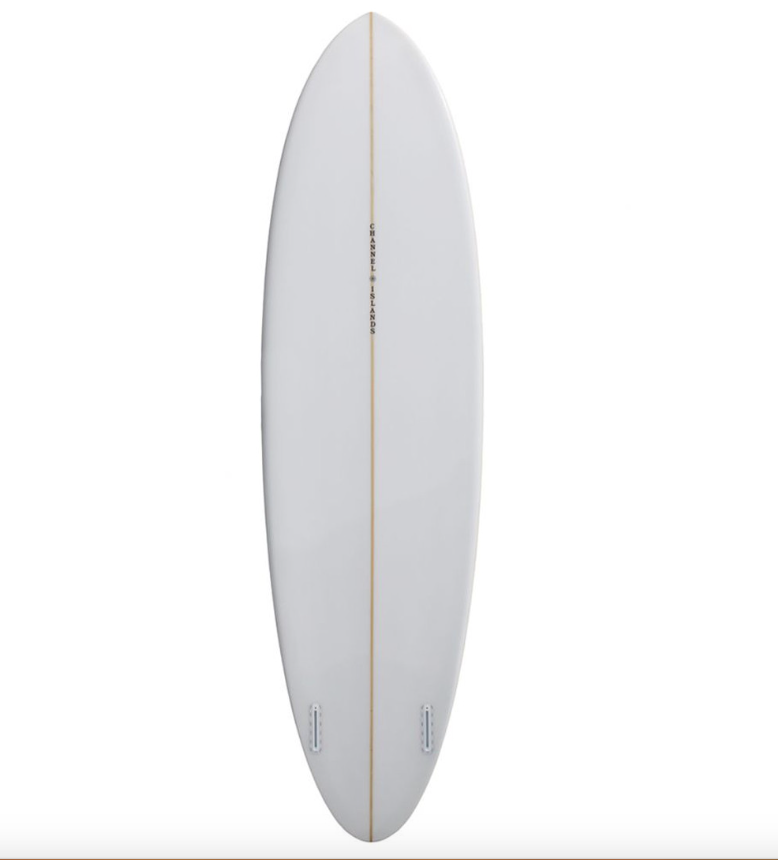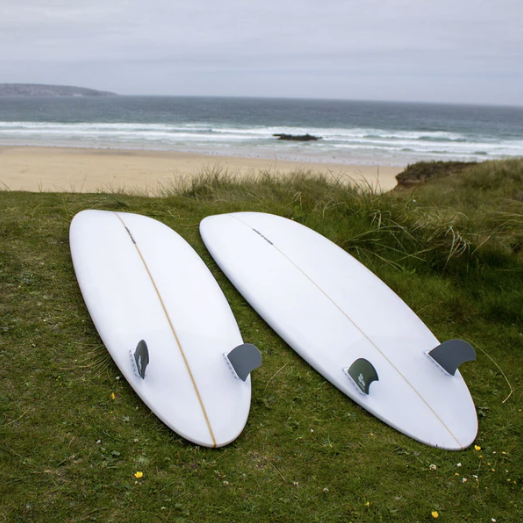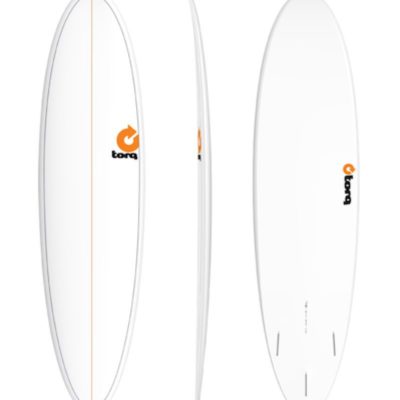Description
CHANNEL ISLANDS MID TWIN – PU FUTURES TWIN – 6’6
Our original CI Mid debuted with the ever reliable 2-plus-1 fin set-up (big centre fin, small side bites). While it can also be enjoyed as a single-fin, the side-fin placement is too far forward to work properly as a twin. So, when updating our popular “CI Mid” to accommodate two fins, we once again worked with the Mid’s co-designer Devon Howard. After riding multiple R&D revisions with various fin placements – and adding tweaks to both tail rocker and overall dimensions – Devon concluded: “A really great board just got even better.”
The Mid Twin is best described as an incredibly responsive, spicy mid-length that allows riders to draw smooth – classic lines with effortless trim speeds while still offering the high levels of performance customers expect from Channel Islands. Riders may also experience surprisingly high top-end speeds that seamlessly and confidently flow into quick, drivey bottom turns or redirections out on the open face.
Thanks to added lift from the larger twin fins, we were able to cut down the board’s length by 1″ from the original Mid dims – resulting in crisper turns through critical sections. Although it called for a slightly shorter rail line, we wanted to keep the Mid Twin’s stock volume (litres) as close to the original as possible for optimal paddling – so a tad bit of width and thickness was added. To help the board perform even better rail to rail and be more sensitive through turns when you need it, we added just a touch more tail rocker. Team riders have shared they are sometimes going as much as 4 inches shorter than the original Mid because of all these updates with fins, dims and rocker – as well as the fact that we built the shorter sized Mid Twins with more generous volume than our original Mid stock dims.
As for the finishing touches, we kept the same minimalist logo as the original Mid – the exact logo Al put on his boards in the early 70s. All Mid Twins are stocked with high quality resin craftsmanship (6-4oz. decks with 6oz. bottoms) and sealed with a beautiful satin gloss finish.
When sizing any of our Mid designs, we recommend about 10″ above your height for good to very good surfers; 12″ for average to good; and 14-16″ for beginner to average ability.
Recommended fins are either the AMK or BMT. ( Also available at Noordzee Boardstore )Go the AMK if you like fuller, rounder, drivey turns – or if have a medium to larger body type. BMT may better suit those that are of a lighter frame or like a looser, tighter arc feels underfoot.






